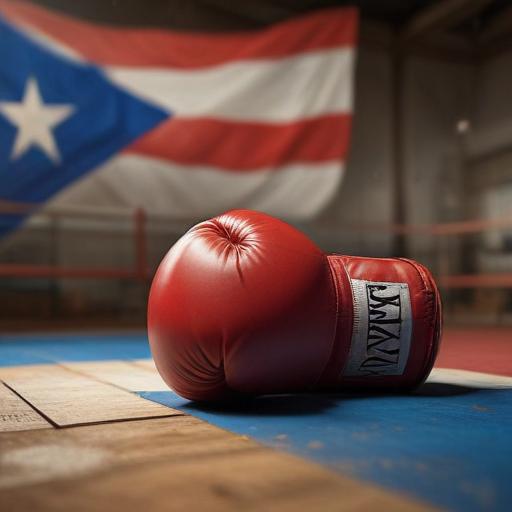For years, watching a Cuban boxer’s name on a fight card signaled an expectation of a particular kind of match: impeccable technique, solid defense, constant mobility, and a methodical approach to counterpunching. This “Cuban style” of boxing, honed over generations within the esteemed national school, dominated the Olympics and world championships. However, opinions varied when these skilled boxers ventured into the professional realm.
Prominent examples such as Guillermo Rigondeaux and Erislandy Lara shone for their defensive prowess but faced criticism for their lower punch output and less explosive fights. Their performances often resembled more of a chess game than a brawl, leaving some fans feeling they lacked excitement.
Generalizing that all Cuban fighters adhere to the same mold would be a misjudgment. Just as “Mexican style” ranges from Julio César Chávez to Miguel Vázquez, and the “Soviet style” varies from Dmitry Bivol to Ruslan Provodnikov, the Cuban school comprises a plethora of styles. Boxers like Yuriorkis Gamboa and Yuniel Dorticós have proven that some Cubans are unafraid of engaging in all-out exchanges.
Scull defended his strategy after a fight, stating, “I felt like I controlled the distance. Canelo couldn’t cut off the ring. I threw more punches and landed clean shots. But now I realize I should have made it look more decisive.” He further noted that the foundational Cuban principle—hit without being hit—is well-known in the sport.
While this approach may hold water from an amateur perspective, it highlights the limitations faced within professional boxing, where judges and fans often prize spectacle and aggression more highly.
The New Era of Cuban Boxing
Nevertheless, Scull no longer represents the norm. Cuban boxing has evolved. Once an amalgamation of Soviet and American styles, introduced by legendary trainer Alcides Sagarra, today it reflects a global tapestry. Over the years, and long before the lifting of the ban on professionalism, Cuban trainers and fighters began absorbing foreign influences.
Recent examples like Christopher Guerrero from Cuba and William Zepeda, who trained alongside the Cuban national team, illustrate that technical exchanges are no longer one-sided. Cuba imparts wisdom but is also learning from others.
In this new landscape, boxers such as David Morrell, Andy Cruz, and Robeisy Ramírez retain the foundational technical skills associated with Cuban boxing but have embraced more versatile, aggressive, and engaging styles. They belong to a new generation that successfully merges tactical intelligence with power, pace, and entertainment.
Hernández is set to face Kyrone Davis in the Caleb Plant vs. Armando Reséndiz card, while Iglesias is nearing a title eliminator or interim title bout. For those who may only recognize a fighter by their flag, a look at Hernández’s recent demolition of Ángel Ruiz or Iglesias’ brutal knockout of Petro Ivanov last November would quickly demonstrate the evolving nature of Cuban boxing. However, a warning: that knockout video is not for the faint-hearted.
A New School and a New Show
This new Cuban school isn’t just for purists or technique enthusiasts; it appeals to casual audiences seeking excitement, drama, risk, and impact. These fighters feature classic fundamentals but embody a global mindset and professional ambition.
It’s no longer sufficient to merely “hit and not get hit.” Now, it’s about leaving a lasting impression and captivating audiences beyond just the outcome.
Cuban boxing has transformed. It’s not dull; rather, it’s become dangerously exhilarating.
